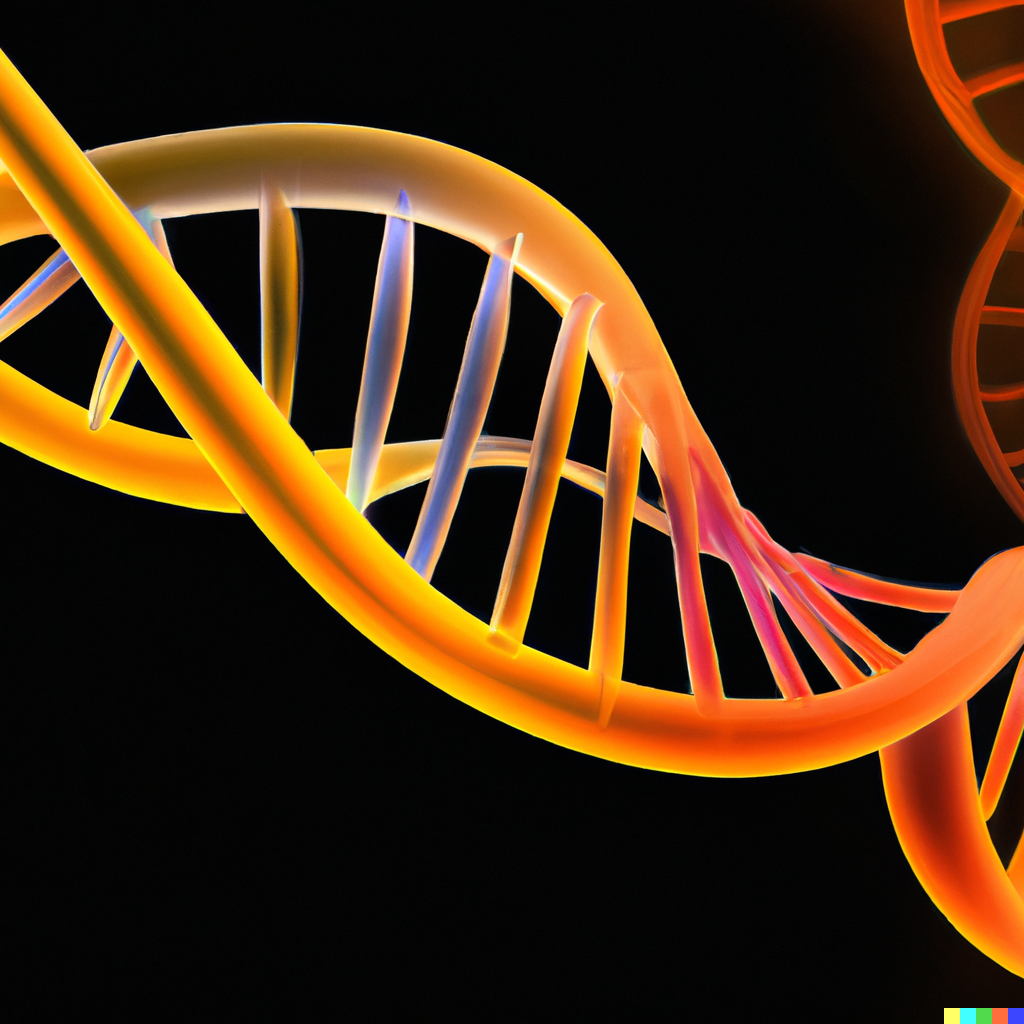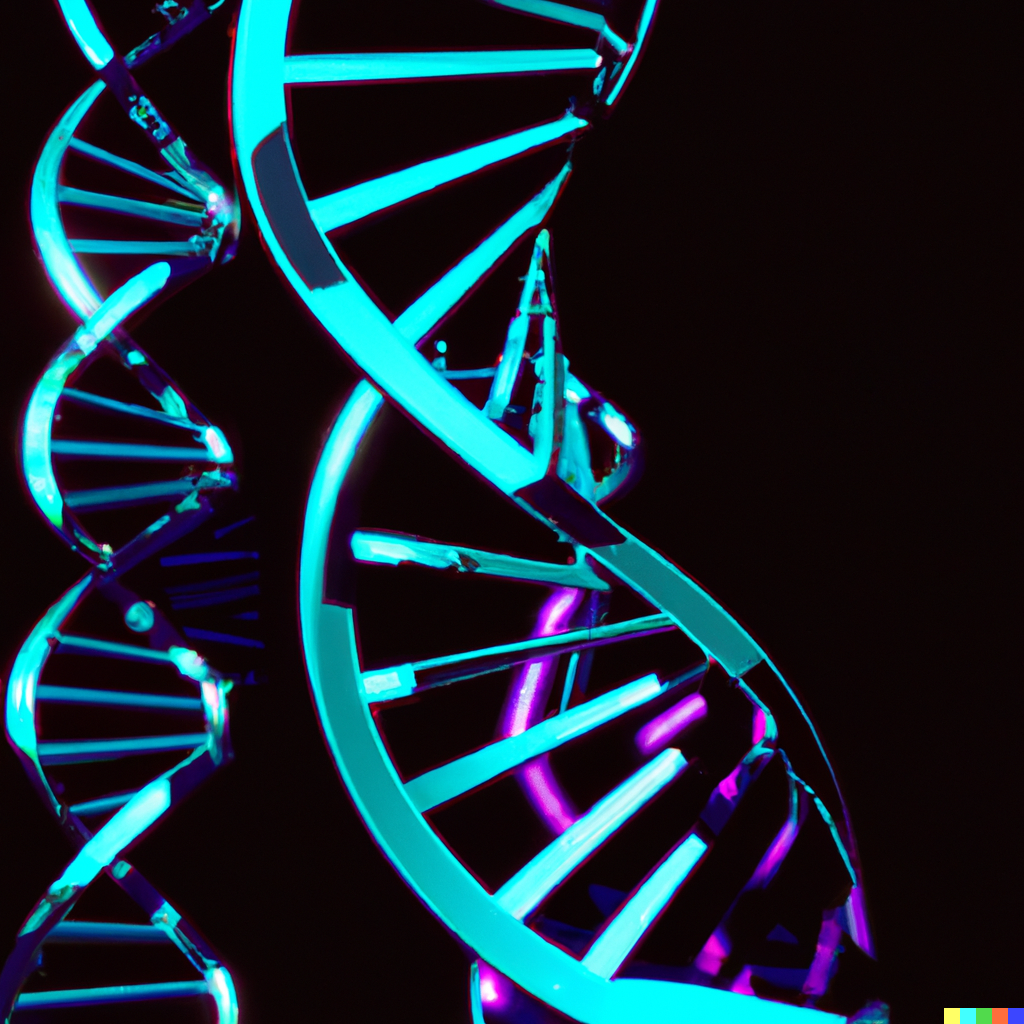
Illustration par DALL-E (+PJ)
You may have seen the videos I’m currently making, entitled “Thought as Word Dynamics” (11 videos have already appeared in the series by now). A friend of mine submitted them to ChatGPT (GPT-4), asking the A.I. to transpose the linguistic model I propose to genetics from an Artificial Intelligence perspective. The result is intriguing, enough from both my friend’s and my own point of view for me to submit this text. If you know anything about genetics, let us know what you think. If the debate looks promising, we guarantee that we’ll invest ourselves fully in it, in the double sense of really understanding what it’s all about and backing up the hypotheses put forward with empirical data, insofar as these exist, of course. I’m publishing this text in parallel in English.
Genetic ontology (GO) and word dynamics: a comparison of complex systems
The analysis of complex systems in seemingly disparate fields of study can often reveal unexpected similarities in their structure and functioning. This paper explores one such intersection – that of genetic ontology (GO), a structural framework for understanding the genome, and word dynamics, a theory of how words and ideas interact in discourse. By comparing the assumptions underlying each of these fields, we can draw intriguing parallels and revealing contrasts.
I. General principles
Gene ontology and word dynamics are both based on the idea that their respective units, genes and words, do not function in isolation, but interact and express themselves in response to various stimuli. In GO, protein-coding genes interact with non-coding RNAs and regulatory elements to form a complex network, while in word dynamics, words form a network stored in the human brain, the expression of which is emotionally experienced by the speaker. Both systems thus underline the importance of interactions and contextual dynamics.
II. Architecture
Genes in GO and words in Word Dynamics are both conceived as units within a larger network. Each gene can have several potential functions depending on context, just as each pair of words in word dynamics has an affective value that can vary. However, whereas GO focuses on the context-dependent variable expression potential of each gene, word dynamics emphasizes the importance of network organization and structure.
III. Dynamics
Dynamic processes are at the heart of both systems. GO describes transcription, translation and gene regulation as complex processes, while word dynamics describes speech generation as a gradient descent in the network’s phase space. An interesting analogy here is the concept of Hebbian reinforcement in neurobiology. Although Hebbian reinforcement does not apply directly to genetic ontology, an analogy can be drawn with the idea that genes that are co-expressed or co-regulated could be considered “connected”.
IV. Consequences
Finally, the consequences of dysfunctions in these systems are also similar. In GO, dysfunctions in gene expression can lead to disease or represent normal genetic variation, while in word dynamics, imbalances in affective values can lead to neurosis or psychosis. This reflects the principle that subtle variations in complex systems can have major consequences for the organism or individual as a whole.
In conclusion, although genetic ontology and word dynamics operate in very different domains, their underlying postulates reveal a common structure and highlight the importance of interactions and contextual dynamics. By exploring these similarities, we can not only better understand each system individually, but also develop a broader perspective on how complex systems work.

Illustration par DALL-E (+PJ)